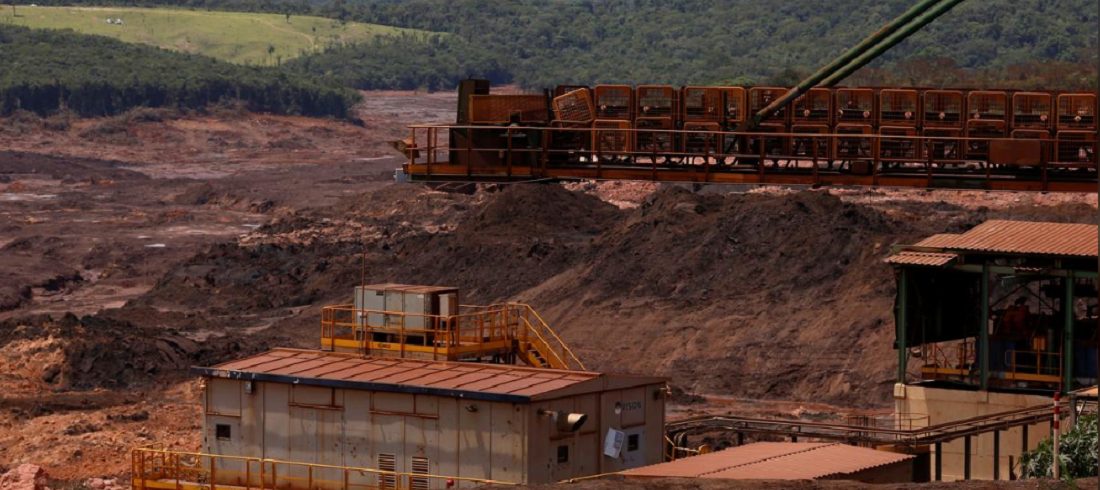
Regulatory hurdles, slow licensing hamper Brazil’s mining potential
Jun, 25, 2024 Posted by Gabriel MalheirosWeek 202427
With an estimated $64.5 billion in investments projected through 2028 and some of the world’s largest mineral reserves, Brazil stands at the forefront of the global race to supply critical metals and materials essential for the energy transition. However, significant obstacles could undermine this position, according to a study by EY titled “The Attractiveness of the Brazilian Mineral Sector.”
Among the primary challenges are the limited knowledge of Brazil’s mineral wealth, with only 27% of the territory mapped by the Brazilian Geological Service (SGB), the complexity of the regulatory framework, the slow environmental licensing process, and funding limitations, particularly for smaller mining companies, known as “juniors.”
“Brazil is not just a future mineral powerhouse but a current one,” said Afonso Sartorio, EY’s energy and natural funds leader and co-author of the study, along with Raul Jungmann, president of the Brazilian Mining Institute (Ibram). “The demand outlook is promising, but supply-side constraints need to be addressed to ensure investment conditions are favorable,” Mr. Sartorio told Valor.
Brazil’s mining sector is home to over 7,000 companies, including major domestic and international players. The country is globally significant due to the size of its reserves and production. Beyond its vast iron ore reserves, Brazil ranks among the top producers of niobium, graphite, rare earth elements, manganese, and nickel, the study indicates.
The chart below shows Brazil’s export volume of iron ore between January 2021 and April 2024, according to DataLiner data by Datamar.
Iron Ore Exports from Brazil | Jan 2021 – Apr 2024 | WTMT
Source: DataLiner (click here to request a demo)
Many of these minerals are expected to see increased global demand driven by the energy transition, opening new opportunities for the sector, said Mr. Sartorio. For example, electric vehicles require nearly six times more critical minerals, about 200 kilograms, compared to conventional internal combustion engine vehicles. Solar and wind power structures also depend heavily on these inputs. The study forecasts that global demand for lithium could increase by up to 42 times by 2040, graphite by 25 times, and rare earth elements by 7 times.
However, Brazil must be ready to meet this demand. While the sector’s investment plan is substantial, it only aligns with global standards and is insufficient for a country aspiring to be a global powerhouse, according to Mr. Sartorio. “If Brazil does not invest, other countries will.”
The first challenge identified in the study that could deter future investments is the limited geological knowledge compared to other mining countries like Canada and Australia, which have more comprehensive mapping and are quicker to share information, often incentivizing private sector involvement alongside government agencies. In Brazil, only 27% of the territory is mapped to the minimum scale (1:100,000) suitable for starting a mineral prospecting project.
Mr. Sartorio acknowledges some government progress through tax incentives and expanded information access, but more needs to be done. “If this can be achieved, the country will become more attractive as investors will find it easier to understand its potential.”
In the exploration phase, major mining companies like Vale, Anglo American, Kinross, Gerdau, and CSN account for 56% of the investments in Brazil. While juniors, which focus more on exploration, are also investing, the funding for new area research lags behind that in other countries.
This discrepancy can be attributed to the higher cost of capital for smaller miners, partly due to the risk involved—majors secure funding at costs 35% lower and with longer terms. “There should be more financial instruments for these companies,” Mr. Sartorio noted, highlighting the positive initiative by the Brazilian Development Bank (BNDES) and Vale to create a fund for projects by smaller companies.
Less attractive conditions for domestic fundraising are also evident in the origin of the funds applied to exploration projects: less than 1% of the total raised in 2023 was sourced internally. Over the past three years, Brazilian mining companies raised $9.6 billion, with 81% in dollars. In comparison, China raised $327 billion, and Canada raised $68.6 billion in the same period.
Regarding the regulatory framework, the study finds that Brazil’s licensing and granting processes are slower than those in other producing countries. Despite aligning with international standards and making improvements, more work remains. Attention now turns to the anticipated publication of the National Mining Plan 2050.
By Stella Fontes for Valor International
Original text available at: https://valorinternational.globo.com/business/news/2024/06/24/regulatory-hurdles-slow-licensing-hamper-brazils-mining-potential.ghtml
-
Grains
Oct, 02, 2020
0
Argentina reduces export taxes to stimulate the economy
-
Economy
Nov, 07, 2024
0
US suppliers, importers prepare for promised Trump tariffs
-
Ports and Terminals
Apr, 18, 2021
0
City hall shuts down Port of Itaguaí for environmental crimes
-
Meat
Sep, 20, 2023
0
Bird flu: Japan suspends imports of poultry meat from Mato Grosso do Sul

